
by Team Demas | Jan 8, 2020 | General Articles
 According to the American Association of Orthodontists, there are around 4 million Americans wearing braces today. As family orthodontists, we know that sometimes there can be issues that come with wearing them. It’s important to know how to handle them when they come up. Here are some common issues with braces you should know how to handle.
According to the American Association of Orthodontists, there are around 4 million Americans wearing braces today. As family orthodontists, we know that sometimes there can be issues that come with wearing them. It’s important to know how to handle them when they come up. Here are some common issues with braces you should know how to handle.
Tooth soreness
When you have your braces installed, it’s common for your teeth to be sore for a week. It’s completely normal. During this time period, stick to a diet of soft foods. If you need to, you can take ibuprofen to help with the soreness. Also, try chewing sugarless gum. While the feeling might be uncomfortable, the blood flow to the teeth will increase. This will help to reduce the discomfort.
Mouth ulcers
It’s possible at some point during your treatment, your mouth will get sores or ulcers in your lips or cheeks. This usually happens during the first week of wearing your braces. Once your mouth has gotten used to wearing them, the sores and ulcers will slowly shrink away. In the event you continue to experience them in your mouth, contact your doctor for assistance. If there’s a specific edge of your braces that’s causing the sore, you can use wax to cover it. Consistently keep the area of the sore clean while your mouth adjusts to the braces.
Wire out
Sometimes you’ll notice that the wire of your braces is out of the tube. Whenever you notice this, attempt to put the wire back into the tube with your hands. If you struggle to do it with your hands, you can also try using tweezers. If all else fails, and the wire is still bothering you, contact your doctor for assistance.
Bracket loose
Your brackets may become loose or break from time to time. It’s usually caused by either playing with your braces or eating hard foods. As long as you’re not experiencing pain, wait until your next appointment with your family orthodontist to resolve the issue. Keep the bracket in place, and if there’s any discomfort with it, use wax to cover it. In the event that the bracket has completely come out, bring it with you to your next appointment, and let the staff know.
These are some of the many common issues that occur while wearing braces. As you get used to wearing them, most of these issues will be rare. Be sure to follow all of your family orthodontist’s instructions with taking care of your braces.
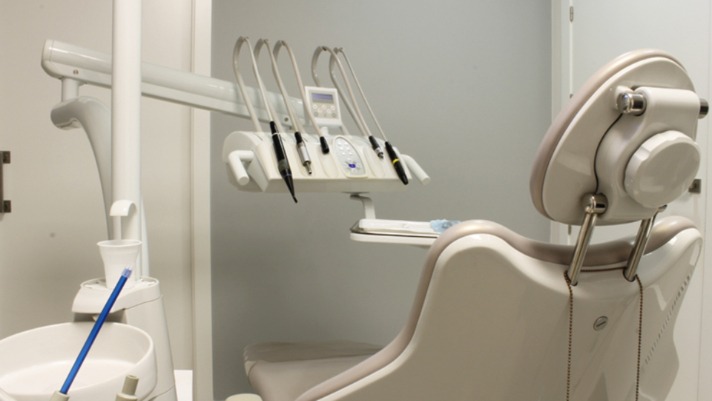
by Team Demas | Dec 18, 2019 | General Articles
 Out of every four patients that receive braces, one is an adult. Deciding to get braces later in life is a big decision, and many put it off simply because they don’t like the look of traditional metal braces. To help these patients achieve straighter teeth, Invisalign aligners are an option offered by many affordable orthodontists. These clear braces are nearly invisible to the naked eye and can make you feel better about smiling during treatment, without worrying about flashing your braces to everyone. If you’re tired of struggling with crooked and misaligned teeth, here is what you need to know about this incredible option.
Out of every four patients that receive braces, one is an adult. Deciding to get braces later in life is a big decision, and many put it off simply because they don’t like the look of traditional metal braces. To help these patients achieve straighter teeth, Invisalign aligners are an option offered by many affordable orthodontists. These clear braces are nearly invisible to the naked eye and can make you feel better about smiling during treatment, without worrying about flashing your braces to everyone. If you’re tired of struggling with crooked and misaligned teeth, here is what you need to know about this incredible option.
What does Invisalign Treat?
Before we take a look at the process itself, you should know what Invisalign typically is used for. Simply put, these clear braces can be used to correct crowded teeth, gapped teeth, and mild overbites. Booking a consultation with an affordable orthodontist can offer you the change to see just what this option can do for you. Often times affordable orthodontists will offer complimentary consultations to talk through options and evaluate your candidacy, after which you can decide if you’d like to move forward with treatment.
Getting Fitted
Once you’ve decided to move forward, detailed scans of your mouth will be taken. X-rays and digital scans will be used to determine how the teeth should be moved. This information will then be tailored to a custom treatment place that will allow you to get the smile you’ve always wanted. It takes about four to five weeks to receive your aligner trays and then can begin your treatment.
The Treatment Process
Aligners are worn for one to two weeks at a time. This helps gradually move teeth to their desired location. Each new tray will be slightly straighter than your teeth currently are, allowing them to slowly move to fit correctly. During the course of treatment, you should visit your orthodontist every six to 10 weeks to ensure everything is progressing correctly. Overall, Invisalign treatments tend to last anywhere from 12 to 18 months.
Special Considerations
Invisalign aligners are meant to be worn for at least 22 hours every day to ensure they have the time to move your teeth correctly. Aligners can be taken out when you eat, and when you drink anything aside from water to prevent staining and discoloration to the aligner itself. You should also brush and floss twice each day to ensure your teeth remain healthy throughout the process.
Once you’ve finished your initial treatment, your orthodontist will determine if an additional set is necessary to achieve greater results. When treatment is fully complete, your orthodontist may also advise using a retainer to ensure your teeth maintain their locations and won’t shift again over time.
An Option to Consider
If you’re tired of struggling with misaligned teeth, consider what Invisalign can do for you. If you have any questions or would like a consultation, reach out to a local affordable orthodontist and discuss your options. You’ll be amazed at the difference these clear aligners can make when it comes to giving you the smile you’ve always wanted.
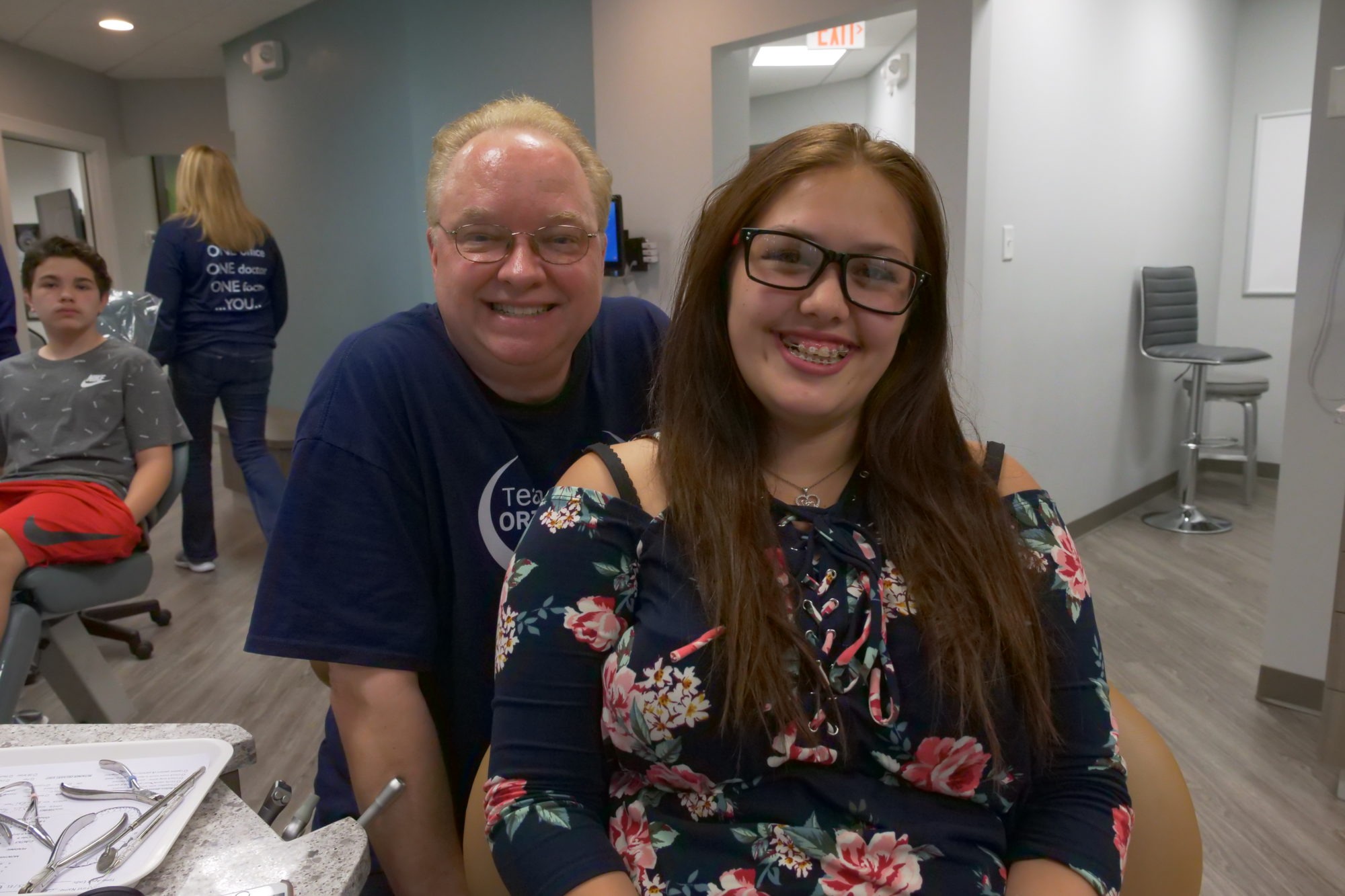
by | Oct 30, 2018 | General Articles

The phrase “timing is everything” is popular for a reason! It’s applicable in many situations, particularly when it comes to parenting, and that includes planning orthodontic treatment for your child. Trying to determine if, when, and what kind of help your child may need with their smile can be a little overwhelming. There’s so much information available that it’s easy to get confused by differing opinions from various sources, but Team Demas Orthodontics is here to help! Exploring the ins and outs of orthodontics doesn’t have to be a stressful experience. Our team is committed to providing clear, concise information you can understand about what a long-term plan for your child’s orthodontic care might look like.
The first step towards a straighter, healthier smile should always be an initial orthodontic evaluation. The American Association of Orthodontists recommends that all children have their first orthodontic consultation by around the age of seven, and we agree. This gives an experienced orthodontist like Dr. Demas the chance to look for and diagnose many common dental issues before they become more problematic. This kind of early intervention can often reduce the need for more intensive orthodontic treatment at a later age.
The idea of being proactive with your child’s oral health instead of reactive can be summed up by the process of two-phase treatment. This is a specialized service we offer for younger patients we anticipate needing orthodontics as they grow. Let’s take a closer look at what this treatment entails, and how it can be of benefit to your child’s smile and overall oral health!
What is two-phase orthodontic treatment?
Two-phase treatment is a process whereby a child will receive orthodontic treatment at two separate times, with a break in between. Generally, we will initiate the first phase of treatment when the child has a mix of primary and permanent teeth. This will be followed by a period of rest before the second phase begins, usually once the child has most or all of their adult teeth. Although braces or other orthodontic appliances are sometimes used during the first phase, they are much more common in the second phase of treatment. This will depend on the specifics of each individual case.
Two-phase orthodontic treatment is often recommended when we want to:
- create an optimal relationship between the teeth and jaws
- align the teeth, resulting in a straighter smile
- position the teeth and jaws for more pleasing facial symmetry
- create a better environment for the permanent teeth to grow in
Once Dr. Demas has completed a thorough examination of your child’s mouth, the first phase of treatment may be suggested if it appears that:
- he or she will be prone to a particular problem that we want to keep from developing (preventive treatment)
- he or she already has a developing problem that we want to intercept (interceptive treatment)
- your child’s jaw bones will need a little guidance as they grow (growth modification)

For the most successful results, we will time the first phase of orthodontic treatment to take advantage of the predictable stages in dental development. When we follow the patterns of normal childhood growth and development, we have the best chance of improving and correcting orthodontic issues early on. This is important, because many common dental problems can be treated relatively easily in a growing child, but as they get older and the jaw bones stop growing, these same issues may require more invasive treatment to correct.
While early treatment can achieve lasting results for many of these issues and lessen the impact of others, most patients will still require a second phase of treatment to complete the alignment process the first phase has begun.
How does two-phase treatment work?
In order to understand how two-phase treatment can benefit your child, it’s important to know how each phase works, as well as what happens during the resting period in between them.
Phase One
Phase one treatment helps develop a child’s jaw to better accommodate all the permanent teeth, as well as improve the way the upper and lower jaws fit together. This method of treatment has a number of benefits. It not only improves the ability to bite, chew, or even digest food more effectively, but may also reduce the risk of damaged teeth due to crowding, misalignment, or malformed jaws.
Phase one treatment helps to contribute to longer-term stability, which simply means that the teeth will stay in whatever position Dr. Demas guides them to. The second phase of treatment continues this stabilization by moving the teeth into their final desired positions. However, we generally hit the pause button on treatment in between the first and second phases. This is a period of time when the permanent teeth are emerging, and we like to give the teeth, jaws, and mouth a temporary break as they grow.
Resting Period
Once we successfully complete first phase treatment, there should be enough room to give the remaining permanent teeth a clear path to eruption. Teeth that have already been moved will be stabilized with either a space maintainer or fixed retainer.
Phase Two
This is where it all comes together! This phase will usually begin once all of your child’s permanent teeth have erupted. Braces or clear aligners will almost always need to be used for a time. Once that part of treatment is complete, fixed bonded retainers will be necessary to ensure their smile stays in place!

Here at Team Demas Orthodontics, we believe treatment should never take a “one size fits all” approach! Smiles are not created equally, and what works for one child may not work for another. That’s why Dr. Demas is dedicated to designing a unique treatment plan for every patient we see. If you’re in Southington or the surrounding communities, and want to learn more about how two-phase orthodontic treatment could improve your child’s oral health, get in touch with us to schedule a free consultation. This is the perfect time to take the first steps towards a bright, beautiful, and healthy smile for your child!

by | May 30, 2018 | General Articles

People are often referred to the orthodontist because of an improper bite. While this is one of the main oral health conditions that orthodontics is designed to fix, you may be surprised to know that an imperfect bite can be used to describe several different types of conditions. For instance, you may have heard of overbites, which give people prominent front teeth. Alternatively, you may have noticed that your teeth seem all over the place, and certain teeth may even hit the others too hard when you chew. When you wonder what should a perfect teeth look like, you can learn the answers to your questions in this guide.
Read more…
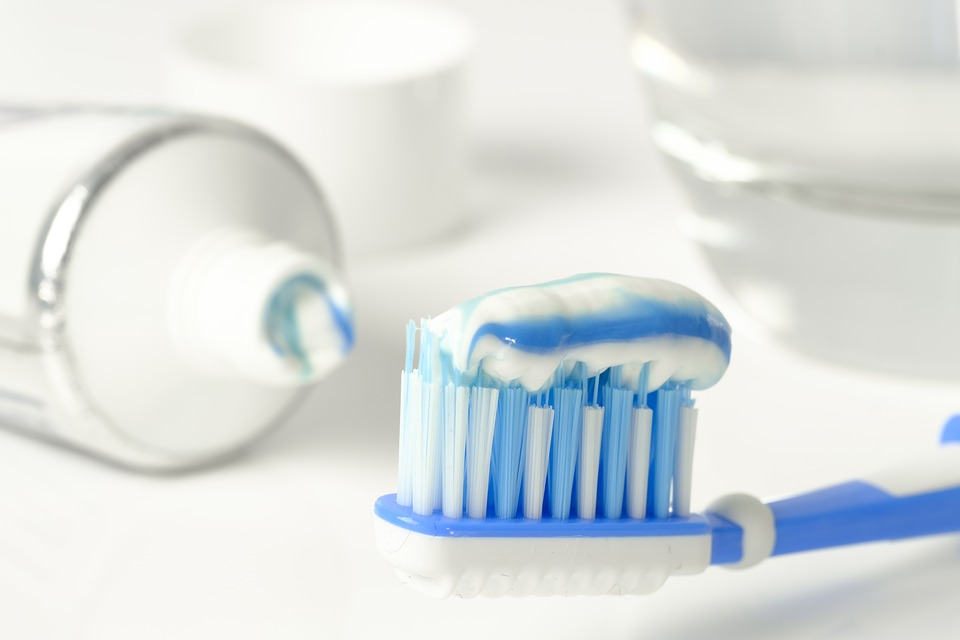
by | May 8, 2018 | General Articles
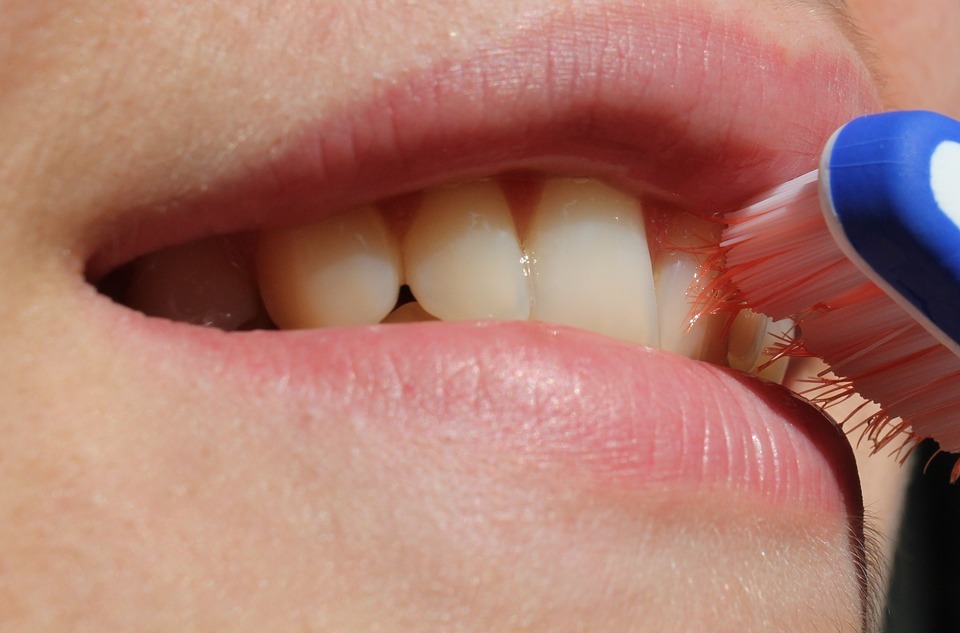
When you or your child get braces put on your teeth, your normal routine is altered slightly and you have to relearn how to do things that used to be simple everyday activities for you. Performing tasks such as eating any food you desire, talking without having metal braces in the way and especially brushing your teeth are instantly more challenging, but easy to overcome if you have a few tips in the bag.
Read more…

by | Apr 30, 2018 | General Articles

pixabay.com
Getting to the stage where you graduate from wearing braces to finally putting on a retainer is exciting since it signifies progress. As such, here is what you should know about retainers.
A retainer is used to hold your teeth in place once braces come off. Since it takes close to a year for your periodontal ligaments to cement fully into their new positions, it is imperative that you follow your orthodontist’s instructions to the letter regarding retainer usage. Disregarding your orthodontist’s directions could see the gaps opening up again or your teeth shifting and getting crooked once more.
Read more…

 According to the American Association of Orthodontists, there are around 4 million Americans wearing braces today. As family orthodontists, we know that sometimes there can be issues that come with wearing them. It’s important to know how to handle them when they come up. Here are some common issues with braces you should know how to handle.
According to the American Association of Orthodontists, there are around 4 million Americans wearing braces today. As family orthodontists, we know that sometimes there can be issues that come with wearing them. It’s important to know how to handle them when they come up. Here are some common issues with braces you should know how to handle.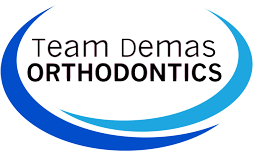

 Out of every four patients that receive braces, one is an adult. Deciding to get braces later in life is a big decision, and many put it off simply because they don’t like the look of traditional metal braces. To help these patients achieve straighter teeth, Invisalign aligners are an option offered by many affordable orthodontists. These clear braces are nearly invisible to the naked eye and can make you feel better about smiling during treatment, without worrying about flashing your braces to everyone. If you’re tired of struggling with crooked and misaligned teeth, here is what you need to know about this incredible option.
Out of every four patients that receive braces, one is an adult. Deciding to get braces later in life is a big decision, and many put it off simply because they don’t like the look of traditional metal braces. To help these patients achieve straighter teeth, Invisalign aligners are an option offered by many affordable orthodontists. These clear braces are nearly invisible to the naked eye and can make you feel better about smiling during treatment, without worrying about flashing your braces to everyone. If you’re tired of struggling with crooked and misaligned teeth, here is what you need to know about this incredible option.








